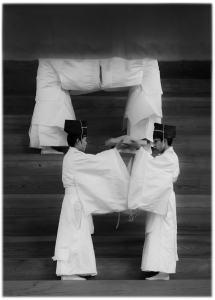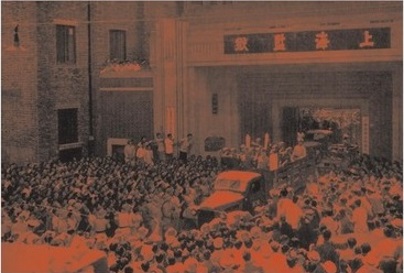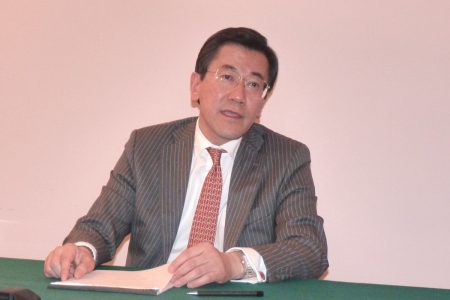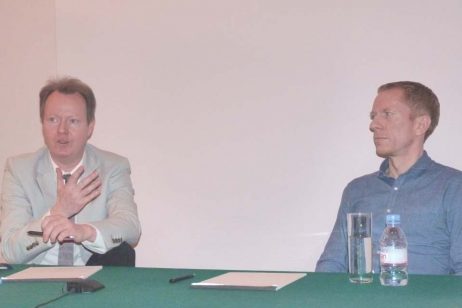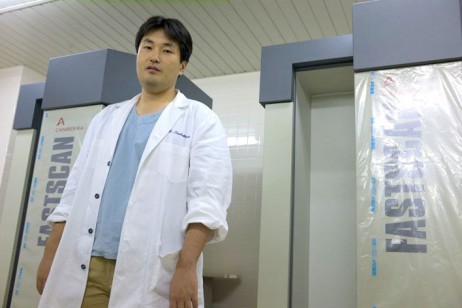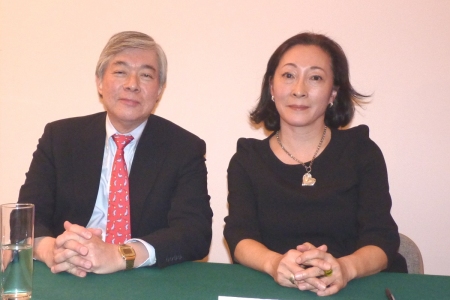5 March 2015
祈りInori/Spiritual Journey – Sengu
“The art of sculpture photography is to let the sculpture speak. My photography made Bourdelle’s works move and Rodin’s spin. In retrospect the crying agony of the images might have been a reflection of my personal struggles around that time. I used only my camera and natural light in dark churches. When I had almost given up hope, the light played a miracle each time and produced three providential works. Through photography I discovered the existence of the ‘Invisible World’. I was lucky enough to be given the opportunity to record Sengu shrine restoration and ceremonies – a culture symbolising Japanese spirituality. This exhibition is to express my wishes for a peaceful world.”
More info
